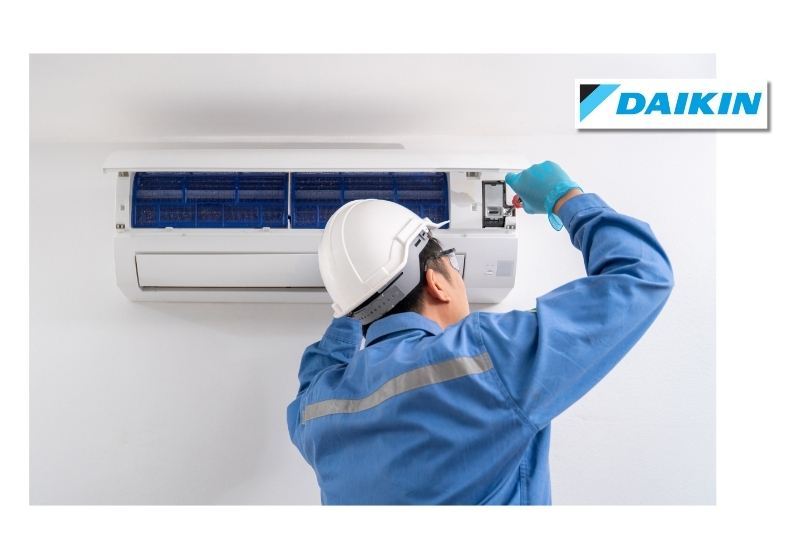Deciphering technical jargon: understanding key terms in air conditioning and heating

In the world of air conditioning and heating, it is easy to feel overwhelmed by technical jargon. Understanding these terms is essential for making informed decisions about your thermal comfort. This article aims to demystify some of the most commonly used terms in the air conditioning and heating industry, based on information provided by Daikin Quebec.
Air conditioning systems
Air conditioning systems play a crucial role in maintaining a comfortable indoor temperature. Here are some essential terms to know:
- Split-System: An air conditioning system where the indoor unit and the outdoor unit are separated. This type of system is popular for its energy efficiency and its ability to cool specific areas.
- Inverter: A technology that allows the compressor speed to be regulated based on cooling needs, providing better energy efficiency and increased comfort.
- SEER (Seasonal Energy Efficiency Ratio): An indicator of the energy efficiency of an air conditioning system over an entire season. The higher the SEER, the more efficient the system.
Heating systems
Heating is just as important as air conditioning, especially in regions with harsh winters. Here are some important terms related to heating systems:
- Heat Pump: A device that transfers heat from the outside to the inside of a building in winter, and vice versa in summer. Heat pumps are known for their energy efficiency.
- AFUE (Annual Fuel Utilization Efficiency): An index that measures the efficiency of a heating system over a year. A high AFUE means that the system converts a larger portion of energy into useful heat.
- Programmable Thermostat: A device that allows the temperature to be automatically adjusted at different times of the day, optimizing comfort and energy savings.
Technological innovations
The air conditioning and heating industry is constantly evolving with new technologies aimed at improving comfort and energy efficiency. Here are some recent innovations:
- Smart Sensor Technology: Sensors that detect the presence and movement of occupants to automatically adjust the temperature, improving energy efficiency.
- Zoning Systems: Allow temperature control of different areas of a building independently, offering personalized comfort and energy savings.
- Integrated Air Purifiers: Devices that remove fine particles and contaminants from indoor air, improving air quality and occupant comfort.
Conclusion
Understanding the technical jargon of air conditioning and heating can seem intimidating, but it is essential for making informed choices and optimizing the comfort of your home or office. By familiarizing yourself with these key terms, you will be better equipped to discuss your needs with professionals and get the most out of your air conditioning and heating system. For more information, feel free to visit the Daikin website.
















